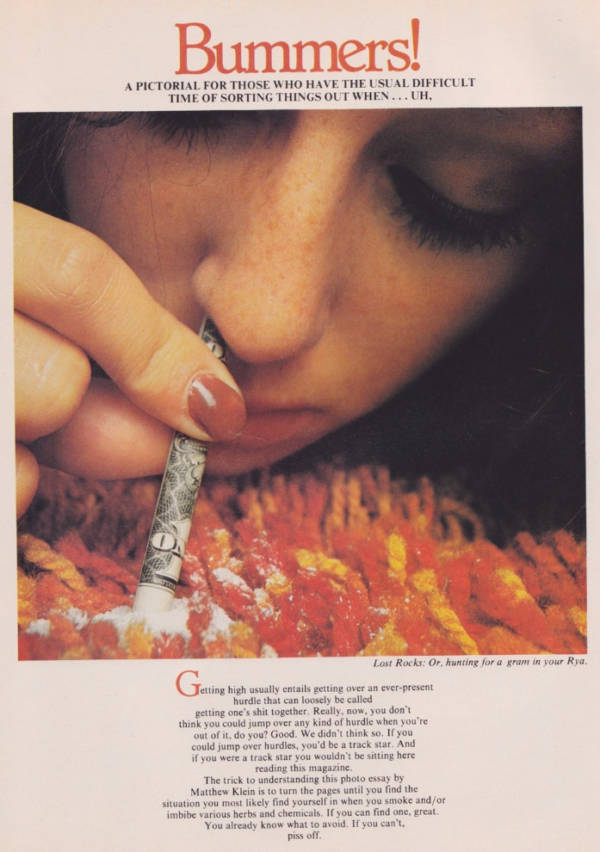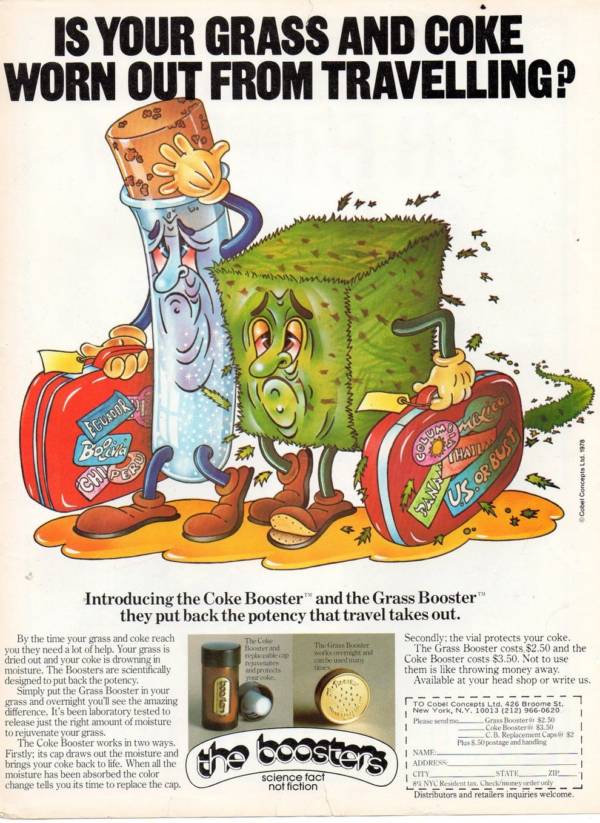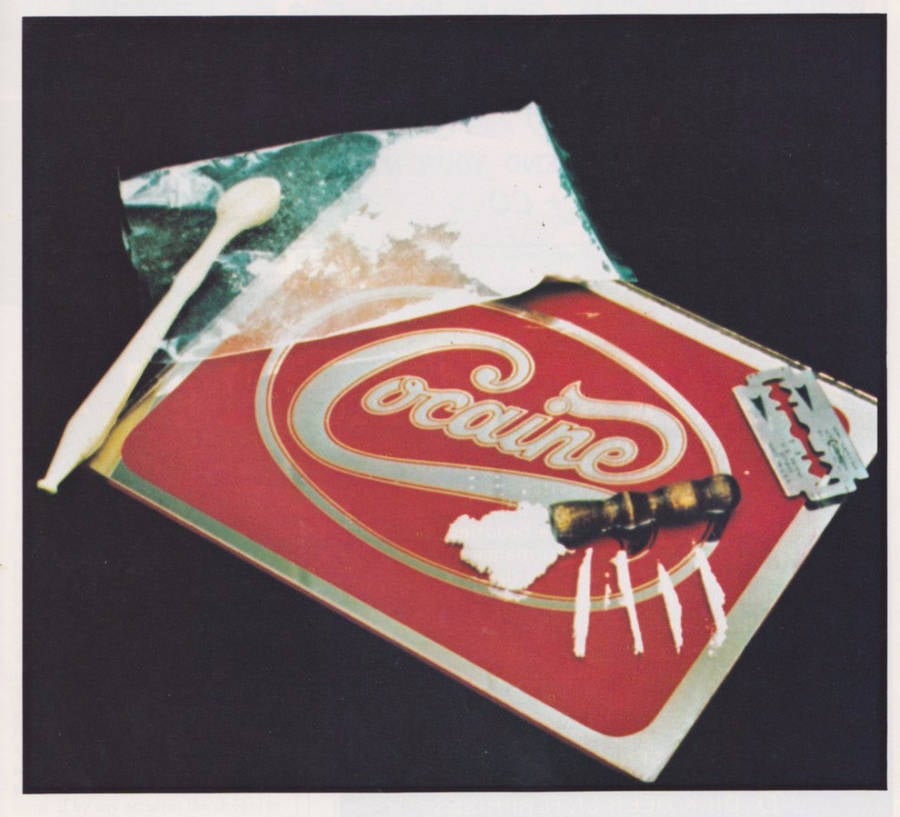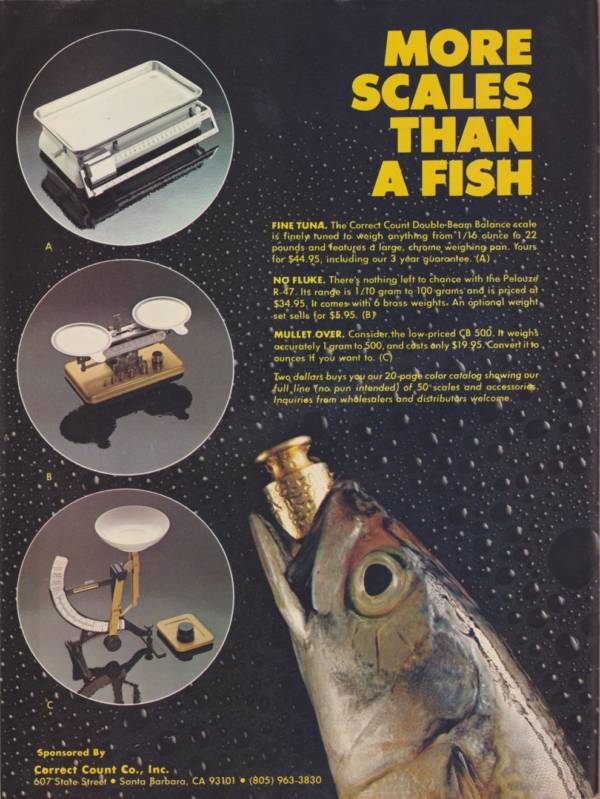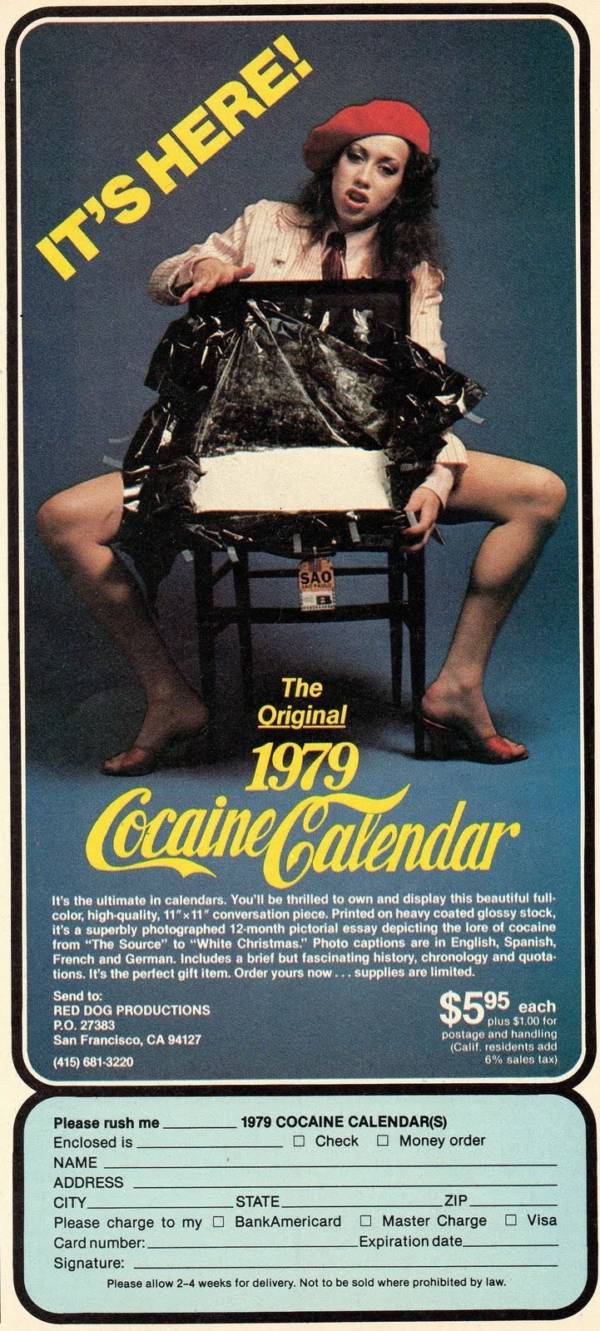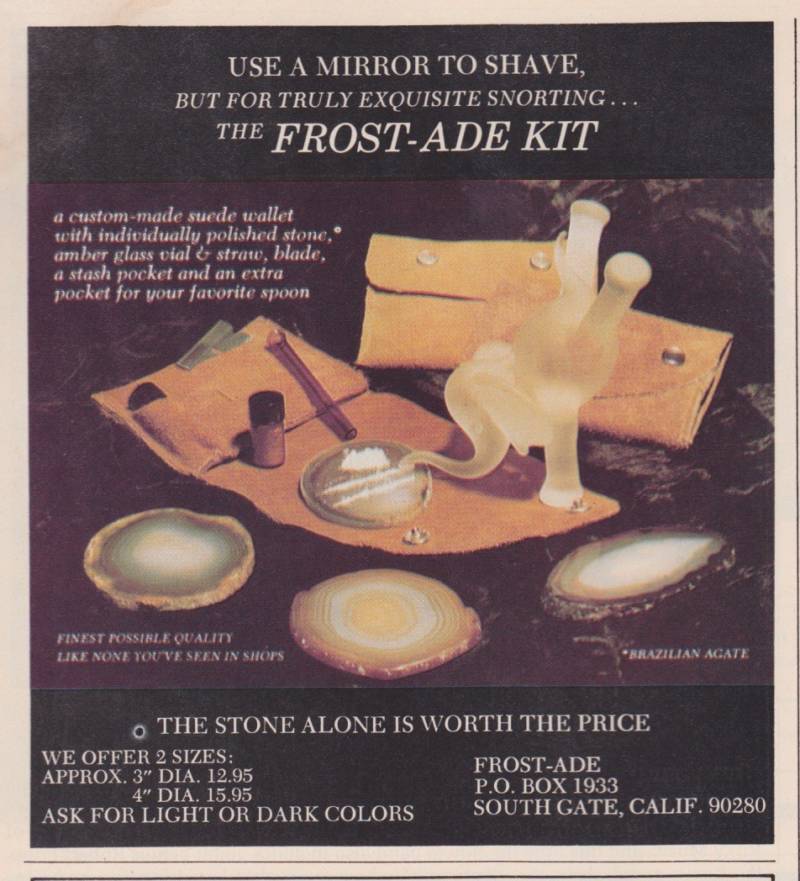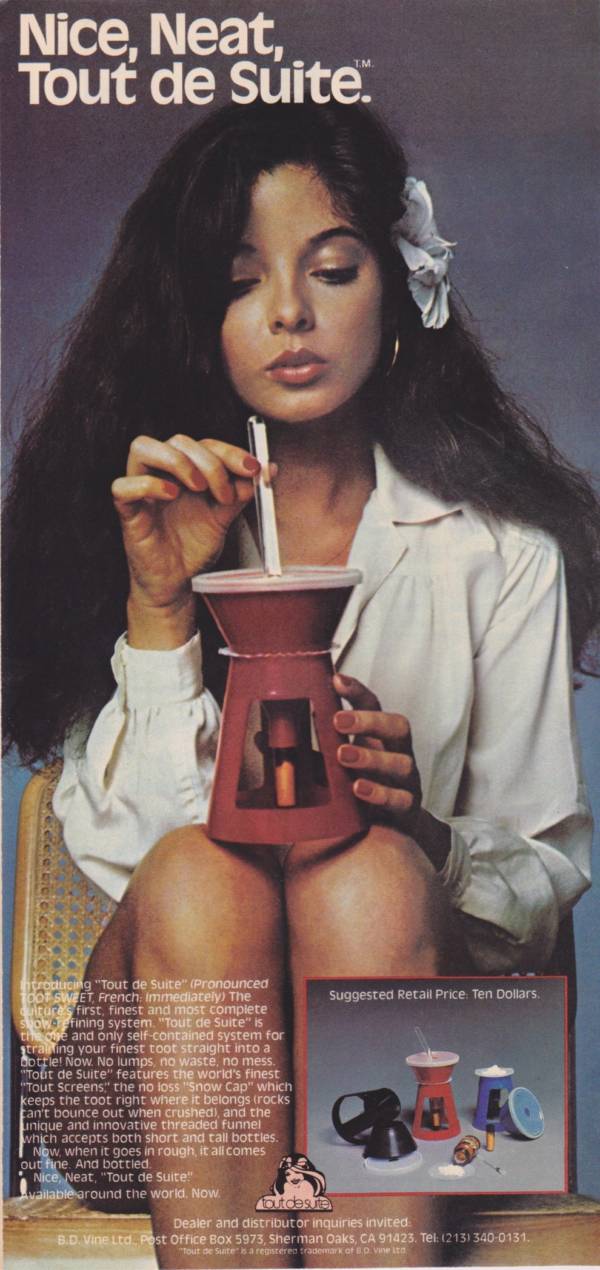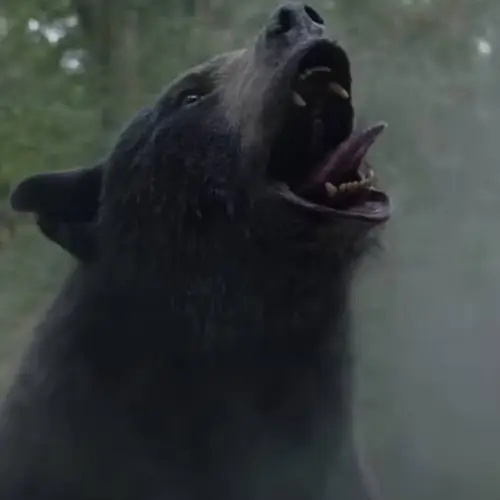In the 1970s, cocaine was illegal, but marketing and advertising cocaine paraphernalia was not. These shocking vintage ads are the proof.
Although the administration of President Richard Nixon launched the War on Drugs in 1971, more than one in ten Americans were using drugs on a regular basis by 1979, according to the DEA.
Prominent among such drugs at the time was cocaine, even if the U.S. government didn't fully realize it: "Cocaine is not physically addictive," read a 1975 Domestic Council Drug Abuse Task Force report for President Gerald Ford, "and usually does not result in serious social consequences, such as crime, hospital emergency room admissions, or death."
And in part because of naiveté like this, the bustling cocaine accessories market was free to advertise in ways that would be unimaginable today.
The gallery above contains copious examples of the advertising used between 1976 and 1981 to hawk cocaine gear. Finally, when cocaine's true effects did come to light, this kind of marketing was no more.
But for a couple of years, sleazy advertising had its heyday in the pages of counterculture, drug-loving outlets such as Flash, Stoned Age, Hi-Life, Head, Rush, and High Times.
David Wilfert, who runs a creative agency called The World's Best Ever focusing on drugs in the entertainment industry, dug up many of the 1970s cocaine-related ads featured in those publications' pages.
"I like to be informed on the past to help shape the future, so I was interested to see what they were creating and how they were marketing marijuana," Wilfert, who scanned a stack of collected magazines and put them online, told BuzzFeed. "I wanted to see how marijuana, advertising, and the surrounding culture were being presented to the public during the first Green Rush back in 1970s."
Drug-based publications thrived in the 1970s, featuring the writings of literary heavyweights such as Hunter S. Thompson, William Burroughs, and Truman Capote.
"Since culture as a whole had not seen the effects of cocaine addiction, 'snow' was being marketed alongside grass in equal measure," Wilfert told Buzzfeed. "Although there is a noticeable decline in this as we get later into the 1970s and early 1980s."
And today, of course, such advertising cannot be found in mainstream media at all.
Next, brush up on the history of heroin, and revisit the time when it was "god's own medicine." Then, check out 13 examples of ridiculous early 20th century anti-marijuana propaganda. Finally, check out some of history's most offensive sexist ads.
